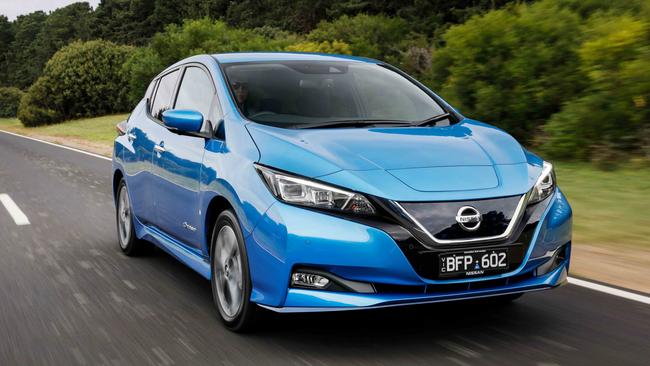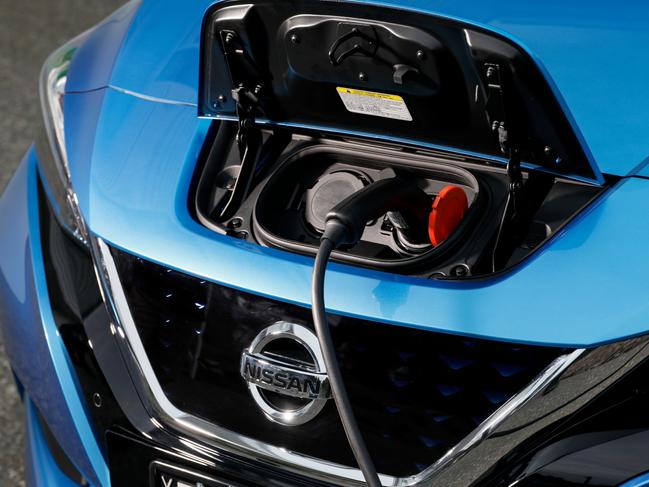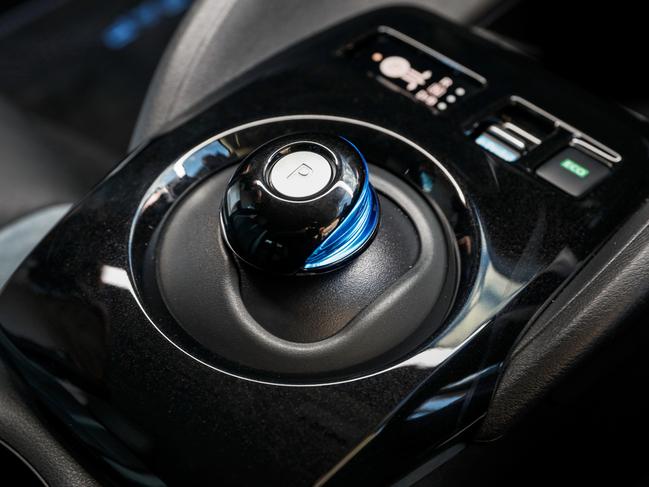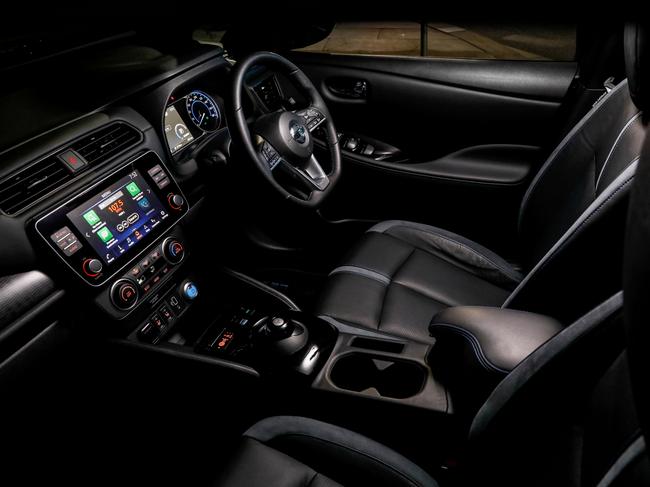Nissan Leaf e+ review: it makes driving less exhausting
With the amount of driving I do, it’s no wonder I’m exhausted, and until now, I’d never twigged why.

Thanks to an interminable dalliance with Zen Buddhism on my mother’s part, I wasted precious hours of my youth pondering the sound of one hand clapping. To this day, I still can’t tell you what it is, but I can describe the sound of one foot driving – it’s a groan followed by the slight slap of a face-palm, or at least it is when I’m doing it.
It’s not that there’s anything wrong with the e-Pedal on Nissan’s new Leaf e+, which takes advantage of the way electric cars can use regenerative braking to start pulling your car up, sharply, the moment you take your foot off the throttle (you could call this engine braking, except that EVs don’t really have engines).

It’s humanity’s terrifying spiral into lardy laziness that worries me, because the point of the e-Pedal is not just that it pushes more charge back into your battery as you drive, nor that it will make the brakes in your Leaf e+ last forever. It’s about making driving less exhausting. As Nissan explains: “With a deceleration rate of up to 0.2g, the e-Pedal reduces the need for drivers to constantly move their foot from the accelerator to the brake pedal to slow down or stop, reducing fatigue and increasing enjoyment.”
With the amount of driving I do, it’s no wonder I’m exhausted, and yet I’d never twigged why. I’m also in even more awe of how fit racing drivers have to be. But as someone who describes those who don’t like driving manual cars as left-leg lazy, this does move driving in an alarming new direction.
Perhaps it is partly because using the e-Pedal is a bit like learning to drive again, which clearly I’m too old and cantankerous to do. I did get the hang of it eventually, but I much prefer driving the Leaf e+ in its normal, default mode. It feels like a zippy city hatch with that extra punch off the line – or into holes in traffic – that EVs provide, and the bonus of zero engine noise, and zero emissions.

The nice blue diamond solid grille and the overall shape are just quirky enough to let your neighbours know you’re doing your bit for the climate and the cabin feels reassuringly normal, except for the weird gear shifter, which looks like a child’s dummy, if your child was a robot.
It may come as a shock to hear that the Leaf has been on sale here since 2012, and this new e+ model is all about adding more range (385km, up from 270km) and more grunt (160kW and 340Nm vs 110kW/320Nm), thanks to a bigger battery. Unfortunately, batteries are a large part of why EVs cost comparatively more than fossil-fuel burners, and the e+ price also grows, from $49,990 to $60,490 (you can still buy the basic Leaf at that lower price, if you don’t need the extra range).
But here’s this Leaf’s real party trick, and the reason that the price isn’t as unreasonable as you might think for a city hatch. The Leaf is one of the only vehicles in Australia to offer bi-directional charging, or Vehicle to Grid (V2G) technology. To take advantage of this, you need a special wall-box charger that can not only send power into your car, but move it the other way – to power your home, or even put energy back into the grid. Incredibly, the battery in the Leaf e+ is able to store enough electricity to power a typical house for three days.

What this means is that you can go off-grid at peak times, and use your giant battery on wheels to run your house. Then, in the small hours, you can put that power back into your Leaf (depending how far you commute, you wouldn’t even have to do so every day). And if there’s a blackout, all your neighbours can come to your house because you won’t be affected.
Think about the potential and it becomes clear that this could be a game-changer. Homes can be using the power in their EVs on days when the electricity grid needs a hand, or as a back-up to solar on cloudy days, or they can sell it back to the grid. Plenty of people are installing expensive batteries as back-ups for their solar systems – such as Tesla’s cool-looking Powerwall, which costs between $12,000 and $14,000 – but the Leaf e+ gives you a battery that doubles as a car, which is a bit like buying a toaster that’s also a television.

Trials of the technology have been taking place in Australia – including one of the world’s biggest in Canberra – and Nissan is confident that V2G will receive regulatory approval this year, meaning you’ll be able to have it in your garage soon.
As usual, the challenge for any car company trying to sell EVs comes from Elon Musk. While Tesla’s Model 3 doesn’t offer V2G technology, it is the green icon of cool, plus it makes farting sounds in the cabin and, with prices starting at $62,900, it’s a very tough competitor for the Leaf e+. Personally, I’d still buy a Porsche Taycan instead.
NISSAN LEAF e+
ENGINE: 62kW lithium-ion battery (160kW/340Nm)
TRANSMISSION: FWD, one-speed automatic
PRICE: $60,490
STARS: 3.5 stars out of 5



To join the conversation, please log in. Don't have an account? Register
Join the conversation, you are commenting as Logout